Cancer, Lifestyle and Health Coaching
A cancer diagnosis is tremendously overwhelming and often takes away the feelings of control over one’s life. After diagnosis comes the whirlwind of information and new decisions that revolve around living with cancer. Health & Wellness Coaches work with clients in a variety of ways to help them navigate through the healthcare system and develop a self-created plan for treatment and lifestyle that supports the client in managing and re-gaining control over their lives.
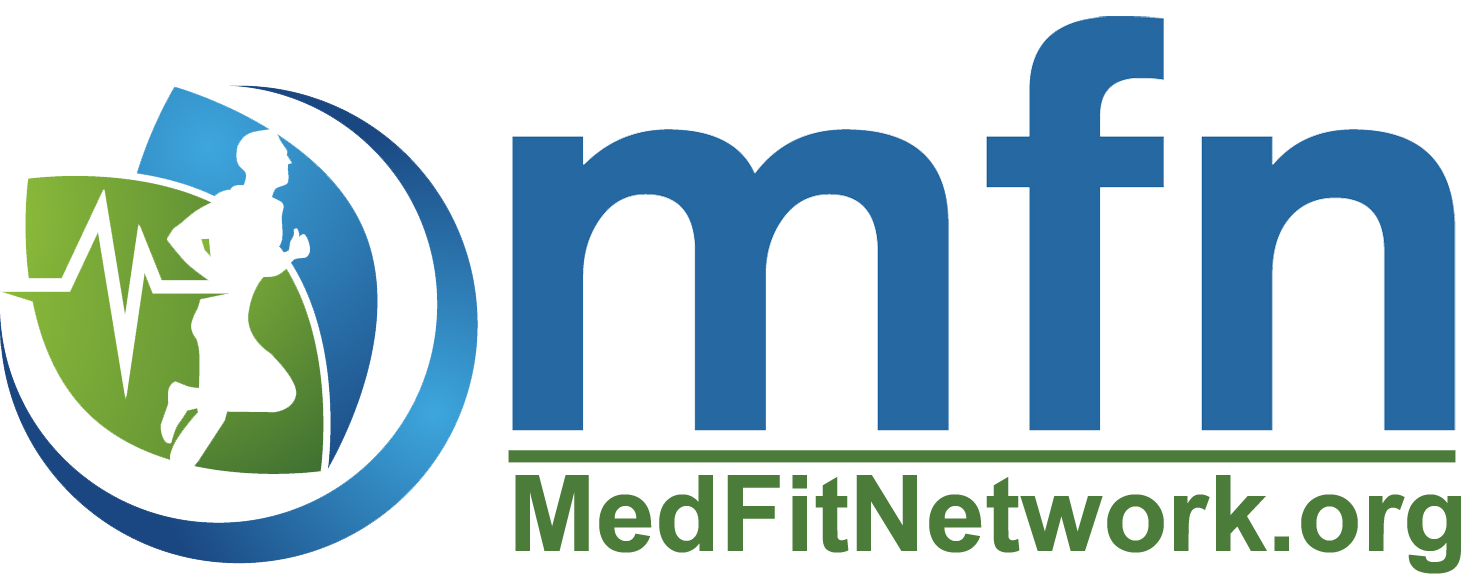


 To understand this, let me give you a very brief intro to oxidative stress. We have all read about the importance of eating our fruits and vegetables to provide much needed antioxidants. This is because we live a life where oxidative stress is in abundance. As exercise is the one and only Rx with no bad side effects, the truth is, we should always say “the right exercise”.
To understand this, let me give you a very brief intro to oxidative stress. We have all read about the importance of eating our fruits and vegetables to provide much needed antioxidants. This is because we live a life where oxidative stress is in abundance. As exercise is the one and only Rx with no bad side effects, the truth is, we should always say “the right exercise”.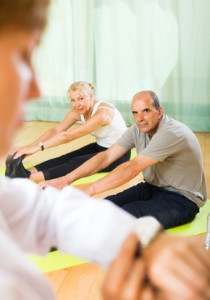 However, with people recovering from
However, with people recovering from  But the most important factor of all is the F factor, FUN. What will we actually, enjoy, embrace, do, and want more. We learn very quickly in the fitness business, “no time” is an excuse. When we know the literally infinite possibilities for physical activity, no time is an excuse, or, a very limited knowledge of what exercise is.
But the most important factor of all is the F factor, FUN. What will we actually, enjoy, embrace, do, and want more. We learn very quickly in the fitness business, “no time” is an excuse. When we know the literally infinite possibilities for physical activity, no time is an excuse, or, a very limited knowledge of what exercise is.

 Rebounding increases capacity for respiration
Rebounding increases capacity for respiration It takes only two minutes of rebounding to flush the entire lymphatic system, while cleansing and strengthening cells and lymph nodes. A further benefit to the body is that during this brief time span the white blood cells of the immune system triple in number and remain elevated for an hour. These specialized cells play a major role in the body’s defense against illness and disease.
It takes only two minutes of rebounding to flush the entire lymphatic system, while cleansing and strengthening cells and lymph nodes. A further benefit to the body is that during this brief time span the white blood cells of the immune system triple in number and remain elevated for an hour. These specialized cells play a major role in the body’s defense against illness and disease.



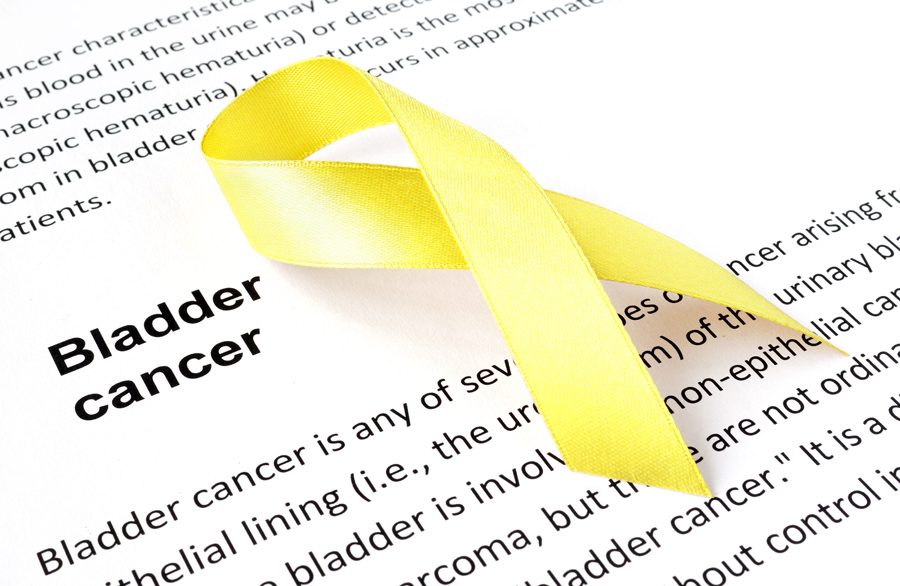
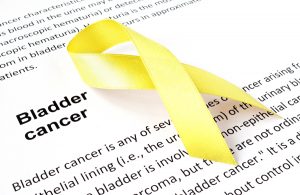 There are many reasons why a cancer patient should stay as active as possible through cancer treatment and recovery. I will begin by pointing out a few studies that show how exercise can benefit cancer patients. These studies demonstrate how exercise can reduce certain side effects from treatment, increase energy, decrease stress, and improve quality of life. In the last article of this series, I will suggest ways to develop an exercise program that based on the individual’s needs and is safe and effective.
There are many reasons why a cancer patient should stay as active as possible through cancer treatment and recovery. I will begin by pointing out a few studies that show how exercise can benefit cancer patients. These studies demonstrate how exercise can reduce certain side effects from treatment, increase energy, decrease stress, and improve quality of life. In the last article of this series, I will suggest ways to develop an exercise program that based on the individual’s needs and is safe and effective.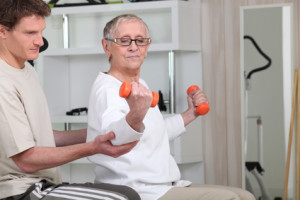 The sooner the patient starts to exercise the better. Starting before surgery and treatments and continuing during treatment can lead to a better recovery with less complications and medications.
The sooner the patient starts to exercise the better. Starting before surgery and treatments and continuing during treatment can lead to a better recovery with less complications and medications.
